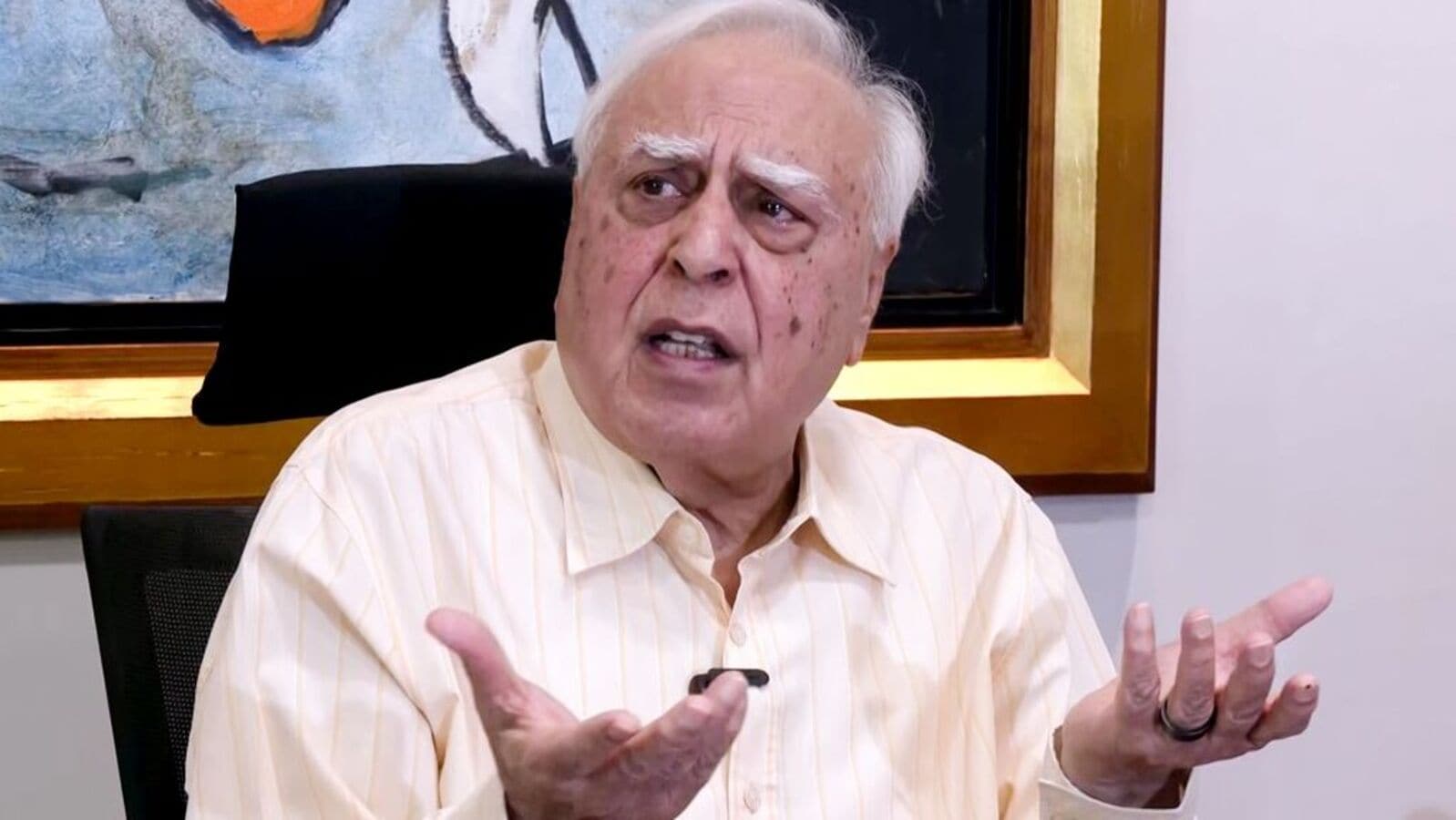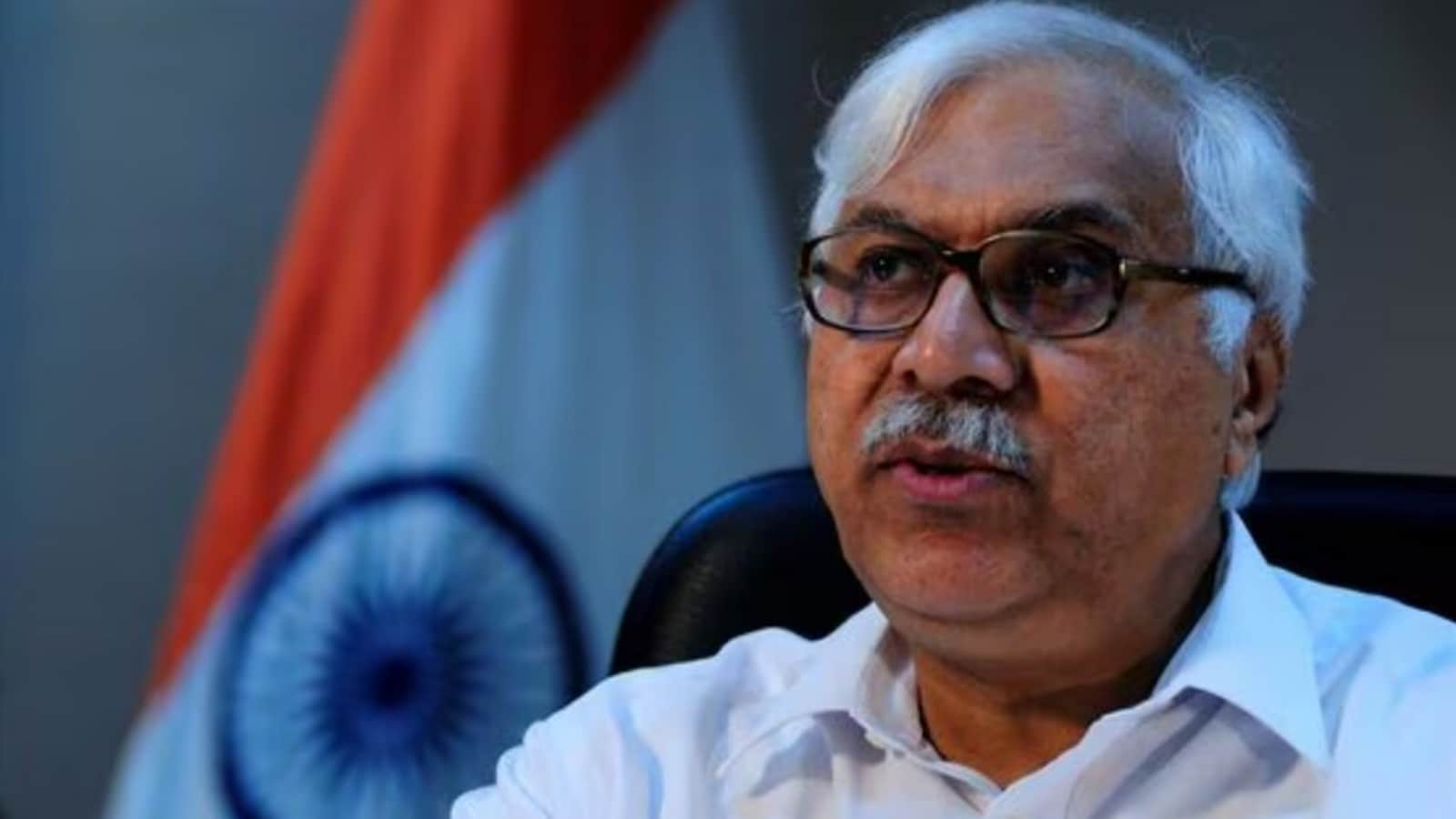The decision, made after a meeting of India’s Cabinet Committee on Security on Wednesday, comes in response to the Pahalgam attack, which left 26 people dead.
Read this | Terror strike throws blanket of gloom over Kashmir’s tourism landscape
Mint unpacks how India’s move reframes water as a strategic tool, explores the legal arguments behind the suspension, and explains why Pakistan may have limited room to retaliate.
A brief history of the Treaty
Signed in 1960 by Indian Prime Minister Jawaharlal Nehru and Pakistani President Ayub Khan, the IWT was brokered by the World Bank and has remained one of the world’s most enduring water-sharing agreements. It governs the use of the Indus river system, which originates in Tibet and flows through India into Pakistan.
The treaty’s roots trace back to British India, which built a vast irrigation network across Punjab and Sindh. After Partition in 1947, India retained upstream control, while Pakistan inherited much of the downstream canal infrastructure. A temporary standstill agreement kept water flowing until March 31, 1948. When India briefly suspended supplies, Pakistan sought international mediation, prompting the World Bank to intervene.
After nearly a decade of negotiations, the IWT was signed on September 19, 1960. Under its terms, India was granted exclusive rights over the three eastern rivers—Ravi, Beas, and Sutlej—while Pakistan was given control over the three western rivers—Indus, Jhelum, and Chenab. The Permanent Indus Commission was established to manage data-sharing and resolve disputes.
How the Treaty works
The IWT divides the six rivers of the Indus Basin into two groups. India has full rights over the three eastern rivers, while the western rivers are largely reserved for Pakistan. However, India is allowed non-consumptive use of the western rivers—such as hydroelectric power generation, domestic use, and limited irrigation—under strict technical parameters.
The Treaty comprises 12 Articles and multiple Annexures that detail water usage rules, design constraints for infrastructure projects, and dispute resolution mechanisms. It establishes the Permanent Indus Commission to oversee implementation, appoints a Neutral Expert for technical disagreements, and sets up a Court of Arbitration for legal disputes—with the World Bank playing a facilitative role across all three.
Past flashpoints
Though the IWT has endured as a rare example of cooperation between India and Pakistan, tensions have occasionally flared. After the 2016 Uri terror attack, India stated it would “review” the treaty. Following the 2019 Pulwama attack, India accelerated dam projects like Shahpur Kandi and Ujh, sparking fears in Pakistan about reduced water flows.
Read this | Kashmir simmers but Pakistan’s game has no winners
Pakistan has persistently objected to Indian hydropower projects on the western rivers—such as Kishanganga and Ratle—claiming they violate treaty terms. These disputes led to arbitration proceedings and expert-level negotiations. In 2023, India formally issued notices to Pakistan, first seeking treaty modification, then review, signaling a deeper dissatisfaction with the treaty’s mechanisms.
Legality of the suspension
The IWT lacks an exit clause, making it binding unless both countries agree to amend or terminate it—prompting India to “suspend” rather than formally withdraw.
Legal experts told Mint that India may cite the Vienna Convention on the Law of Treaties (1969), which allows suspension or termination of treaties under exceptional circumstances such as a material breach or a fundamental change in conditions.
“These grounds have also been acknowledged in the Ministry of External Affairs’ Guidelines and Standard Operating Procedures (SoPs) on the conclusion of international treaties,” notes Rohit Jain, managing partner at Singhania & Co. “The guidelines reflect how India applies the Vienna Convention’s provisions in practice.”
“The Vienna Convention is the primary international legal framework governing treaties, and many of its principles are considered customary international law. This means they remain applicable even if a country is not a formal signatory. Suspension is a temporary measure, but if challenged, India can invoke the extraordinary circumstances of the recent terror attack—citing it as a material breach by Pakistan—to justify its action,” added Richa Mathur Mehta, partner at Gandhi Law Associates.
What is critical, however, is that this does not result in the water flow to Pakistan—one of the fundamental conditions of the Treaty—being immediately obstructed or impaired, said Shaneen Parikh, Partner (head‑ international arbitration), Cyril Amarchand Mangaldas.
“As things stand, legal technicalities due to the absence of a clause permitting only one of the States to exit the Treaty are something that India has signalled it is willing to tackle in the interest of the greater good and public security in the face of terrorist threats, ” Parikh said. “We also ought to remember that last year India reportedly also issued a formal notice to Pakistan seeking a review and modification of the Treaty due to a fundamental change of circumstances, indicating that India’s view is consistent on the need for re-alignment.”
Why it matters
India’s strategic leverage is clear: it can block inspections, ignore past dam design restrictions, and now carry out reservoir flushing—critical for dam efficiency. These actions could disrupt water flows, particularly during sensitive periods like Pakistan’s sowing season, potentially affecting agricultural output.
However, experts caution that India lacks the infrastructure to fully divert western river flows, and long-term impacts would require significant investment.
Shweta Singh, associate professor at the Department of International Relations, South Asian University, highlighted the broader implications of India’s move. “India has put the Indus Waters Treaty in abeyance…While this may offer India a short-term diplomatic advantage, especially if it halts regulated water flows crucial for Pakistan’s irrigation and drinking needs during peak summer months, it may not be the best long-term strategic move,” she said.
“Water, and the IWT in particular, cannot be viewed narrowly. This decision may not send the right signal for transboundary river cooperation in the region,” she added. “Moreover, while India holds an upper-riparian position vis-à-vis Pakistan, it is a middle-riparian state in the larger Indus basin. China, which controls the headwaters of both the Indus and Brahmaputra rivers, could apply the same logic against India in a future conflict,” Singh cautioned.
Singh further noted that India currently lacks the infrastructure to fully divert the natural flow of the Indus. Premature attempts to do so could lead to flooding in Indian regions. Given the region’s topography, building adequate water storage infrastructure will not be an easy task in the near future, she added.
Why it matters for Pakistan
Pakistan’s reliance on the Indus system is existential. The river basin supports 90% of its agriculture, contributes nearly a quarter of GDP, and powers hydropower projects like Mangla and Tarbela. A 2021 World Bank report warned of a looming 32% water shortfall by 2025.
Any disruption to Indus flows—especially during the growing season—could lead to food insecurity, energy shortages, and further deepen Pakistan’s economic crisis. Cities like Lahore, Karachi, and Multan also rely on the basin for drinking water and industrial use.
What’s next?
India’s move is likely to trigger international attention. While Pakistan has not formally responded yet, it may approach the World Bank, the UN, or even the International Court of Justice. If India acts beyond suspension—such as by diverting water—it could be seen as a breach of the treaty.
Also read | Mint Primer | Terror in J&K: What explains the sharp uptick
Pakistan’s deputy prime minister Ishaq Dar, speaking to a private television channel late on Wednesday, called India’s approach “immature” and “hasty,” the Press Trust of India reported, citing the Dawn.
For now, the suspension sends a clear message: India is willing to challenge long-standing norms, using even apolitical pacts like water-sharing to raise the cost of cross-border terrorism.









Leave a Reply